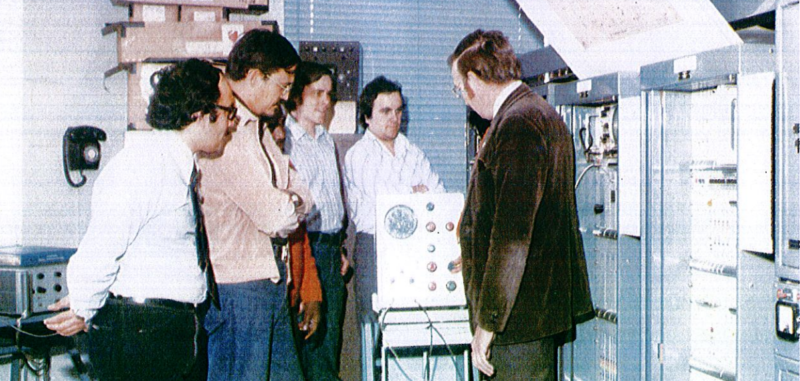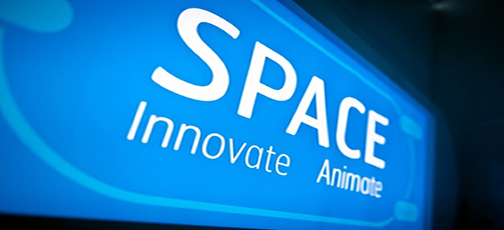From code breaking to ATC training
5 March 2015The recent cinema hit ‘The Imitation Game’ has once again raised awareness of Bletchley Park and the role that those based there played, both in terms of great personal expertise and in terms of the world changing development of electronic computing.
A few years after the code breaking huts fell silent, Bletchley Park became home to the Ministry of Aviation and subsequently the Civil Aviation Authority and the NATS College of Telecommunications Engineering. The college not only trained apprentices, but also provided continuing professional development for existing staff and other companies or countries wishing to take advantage of the comprehensive technical facilities.
A wide range of equipment and techniques were covered including more general training and conferencing for management and health and safety roles.
An early version of an analogue simulator was used to teach fault finding techniques and apprentices were also trusted with the popular tape recorder of the day, used to record all operational voice communications at airports and centres.
Fault finding was taught at the component level and the importance of how to correctly change tapes was repeatedly stressed to apprentices, as this was a task that they were trusted with when sent on field training placements. Apprentices were left in no doubt as to the legal importance of the information held on these tapes and woe betide anyone who switched off the wrong tape deck during the tape change!
Once settled into operational life regular returns for training were to be expected and often involved working on the larger equipment installed in the park.
Key to these facilities was the Nav Aid Field that offered hands-on training on equipment such as the Very High Frequency Omni Ranging (VOR) navigational aid, the Instrument Landing System (ILS) and, as Secondary Surveillance Radar became more widely used in NATS, this additional equipment was also added to the existing Primary Radar facilities. Training courses on radars were typically three weeks long, going in to great detail to component level depth and included both practical and theory exams.
Reflecting back on the training received, much of it is still relevant today and it has helped to lay the foundations of technical and business decisions made by the many engineers that still work within NATS.
Time at Bletchley, whether as a resident apprentice or a course attendee, is considered to be a formative time in an engineer’s life and as such they were very happy to provide practical support for the new NATS exhibition space in the National Museum of Computing opening to the public in April followed by a formal launch event in May 2015. Watch out for further blog posts for more information about this exciting project.
Comments
Please respect our commenting policy and guidelines when posting on this website.





18.04.2017
19:04
Richard Watson
So Nic, I’m first to comment on your trip down memory lane…you write an excellent precis. I look forward to your next. Glad to read in your profile that you’re still bruising your knuckles on ancient cars. Me too. All the best, R. W.
12.08.2019
17:54
Hamish Brown
Hi Nick, I was in the class of 75 at Bletchley Park. Your lead photo is of a training course for the AR1 radar. I was on the course but not in the picture. Two of the gentlemen featured were ground staff from Malta. I think picture must have been taken around 1979. I was working at the Turnhouse – Edinburgh at the time. I cannot remember who took the training but we spent most of our time discussing ECM as he was ex Royal Navy. What a blast for the past.
18.04.2020
07:22
John Warburton
Happy memories. I think I remember you Nic, I was in 1/81 class.